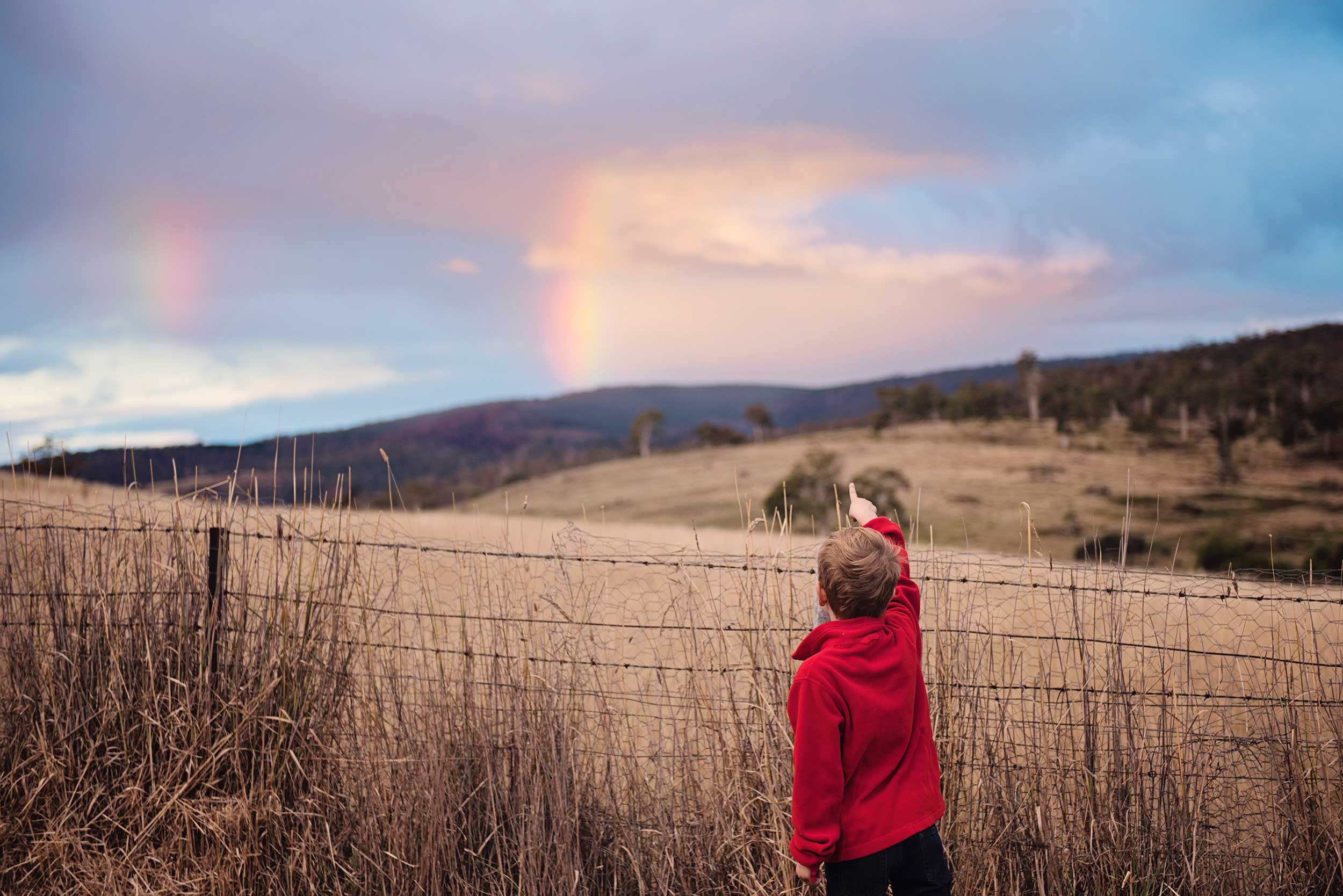
Focused workshops.
Teaching students to learn like scientists learn.
The elements
Second graders busy discovering the building blocks of an atom, understanding the structural difference between an atom and a molecule. In previous workshops participants explored where elements come from and how the Oxygen, Hydrogen, Iron and Carbon atoms look. They also learned how Carbon is an essential building block of life, that in fact it is all around us, in plants and animals, in the air, in water and even underground and inside us.
Observational drawing
Observing from life and developing a visual language is a tremendous addition to scientific inquiry. As an understanding of the visual world grows so does the clarity of communication.
Students recorded as many objects as they could and were asked to consider contrasts and similarities from what they observed. This led to a discussion on how the brain tends to only absorb the most useful information and filters out the rest and this lead to how the brain can be trained to retain more visual information through practice.
States of matter
The kids experimented with and thought about the different states of matter such as water in its frozen state (ice) and dry ice. Their goal was to understand how heat and a lack thereof could influence the states of matter while learning the properties of frozen CO² (carbon dioxide). We also experimented with the fact that gas expands, which can cause materials to break or even blow up.
Botany
Fourth graders focused on the contents of the Boreal Forest as a followup to a field trip at the Arboretum. They learned where conifers grow and at what elevations, how the harsh weather conditions at high elevations trigger Krummholz, stunted trees that grow on exposed mountain tops and the advantages needles have over leaves.
Attentions were turned to seeds; taking apart some female pine cones and finding the seeds hiding inside. Finally, milkweed pods were dissected and seed dispersal was discussed.
Guided by scientists.
Modeling the process of science, which moves from evidence, to hypothesis, to theory.

Become an innovative thinker.
Honoring the child as an ageless thinker
Project Room Gallery












